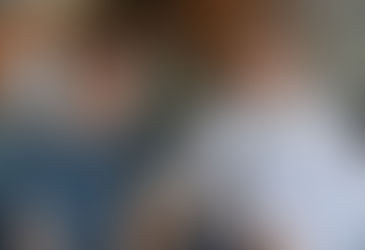Rejuvenation of Your Skin with Glycolic Acid and Retin A Cream
- George Woodbury

- Jul 6
- 3 min read
by Memphis Dermatologist George Woodbury Jr. M.D. (07/06/2025)
Summer has arrived, so now’s a great time to think about how to rejuvenate your smile. The good news is that Dermatologists now have a growing number of prescription and over-the-counter options to manage what’s called Photoaging, for Rejuvenation of your skin.
Many of us enjoy outdoor sports, like tennis, golf, running, or cycling. Broad-spectrum sunscreens with an SPF (Sun Protection Factor) of 50 or higher can really help us to avoid ultraviolet damage, provided that the sunscreen is applied every two hours when out between 9:00 AM and 5:00 PM. Use of a hat, wearing sun-protective clothing, and planning your vacation activities towards the beginning or end of the day are also good measures.
Dermatologists also several topical agents to help people who have had prior damage from ultraviolet light, a topical agent being one that is applied on top of the skin. Alpha-hydroxy acid creams and lotions particularly those with Glycolic Acid are also often a good place to start, improving skin color, texture, and tone. Glycolic Acid was originally discovered in sugarcane and sugar beets, an effective Alpha Hydroxy Acid that penetrates into the layers of the skin, starting with the Epidermis.
A company of which I am the President, Big River Silk™ Skincare, offers GlycoShea™ Hand and Body Lotion and GlycoShea™ Face&Neck Lotion, what are called Exfoliating Moisturizers, with Refined Shea Butter and Glycolic Acid, to promote Rejuvenation of the Epidermis of the skin. We now manufacture both of these products in cream, oil, and lotion, in both Standard Strength and High Strength.
For more severe issues with wrinkled and skin blotchiness from prior sun exposure, prescription Retinoid products like Tretinoin Cream and Gel (Retin A® Micro Gels) and Renova® are helpful in both managing skin conditions like acne and rosacea, but also in reversing wrinkling. Another option is creams or lotions containing antioxidant chemicals like Vitamin C, Green Tea, or Vitamin B3.
There are several more aggressive office treatments for dealing with photoaging (wrinkling and premature aging of the skin). Chemical peels are office-based treatments using alpha hydroxy acids such as glycolic acid, or else trichloracetic acid or resorcinol preparations, helping to reverse wrinkling and to improve skin texture and tone. Sometimes Dermatologists use Botox® injections or injections of fillers like Restylane® to help with wrinkling. Sometimes laser therapy or dermabrasion or even surgical approaches such as face lifts are indicated for people with more severe issues. We offer chemical peels at Rheumatology and Dermatology Associates, and laser therapy and dermabrasion are available through plastic surgeons or cosmetic dermatologists.
All of these measures – be they topical agents like Glycolic Acid or office treatments like chemical peels or injections – work best when used as part of a management program for Photoaging. These measures are not an instant cure for photoaging, and it takes three to six months of use to see positive results. The first step is often to get a consultation with the doctor to find what agent or combination of agents is best suited to help one’s individual situation.
I practice as a Memphis Dermatologist with Rheumatology and Dermatology Associates, in Cordova, Tennessee, a suburb of Memphis, (www.Rheumderm.com; 1-901-753-0168). Or you can find a “Dermatologist Near Me” or “Best Dermatologist Near Me” by going to the American Academy of Dermatology web site, www.AAD.org. Then simply plug your zip code into the “Find a Dermatologist" tab.
George Woodbury Jr. M.D. (07/06/2025)
President of Big River Silk Skincare Inc.
8143 Walnut Grove Road
Cordova TN 38018
1-901-753-0168 Info@rheumderm.com
07/06/2025

















































I really enjoyed reading this post about the rejuvenating benefits of glycolic acid and Retin-A cream. It’s fascinating how these ingredients can work together to smooth and improve skin texture. For men who are struggling with hair thinning or scalp issues, it’s important to also consider how our scalp care routine plays a role in overall skin health. That’s one of the reasons why scalp micropigmentation for men is becoming so popular. It not only addresses hair loss but also helps create a more youthful and refreshed look. Skin rejuvenation is important for both the face and scalp, and combining treatments like these can have great results!